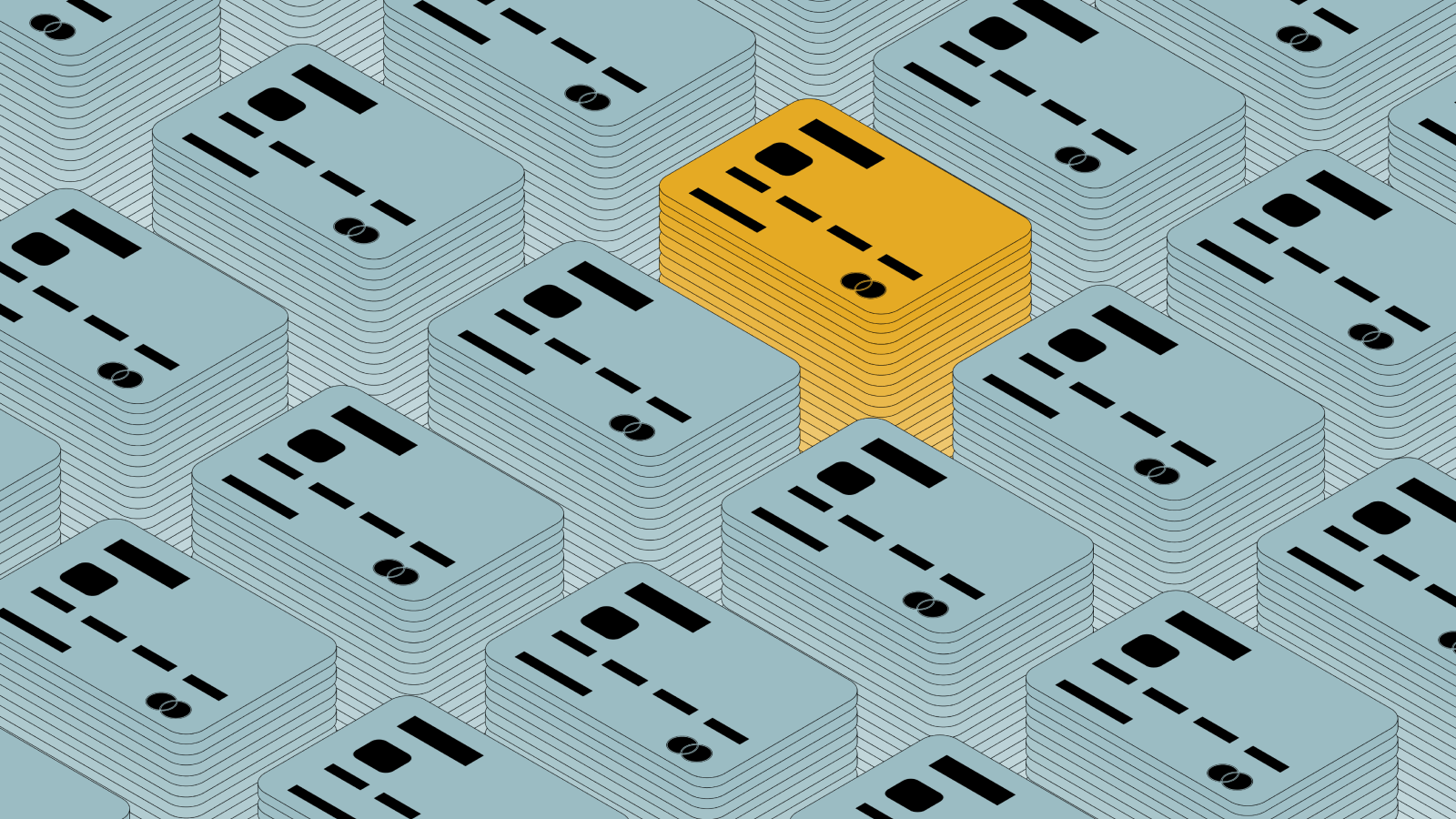Credit cards as status symbols in society
For centuries, people have used luxury goods and property to signal their status in society. In the Middle Ages, European monarchs would demonstrate their wealth and power through huge palaces or rare jewels. Fast forward about 1,000 years and you’ll see people flaunting their wealth with sports cars, Gucci bags, or Rolex watches. This effect has been magnified exponentially with the advent of social media.
Individuals who can’t afford lavish items use more subtle and affordable indicators of prestige, like the newest iPhone model (not to say those don’t break the bank). Credit card companies have always understood this dynamic, and used branding brilliantly to benefit from it. Over time they have developed a system of tiered cards with labels like silver, gold, platinum, or black that symbolize special status, and set the premium cardholders apart from their lesser counterparts.
Another more recent invention is the metal credit card. Users love how heavy it feels in their hands, and the loud sound it makes when they slap it down on the counter to make a purchase. In addition, credit card companies use lounges, memberships, exclusive invites, and a host of other methods to help their top customers signal their societal status.
There are 42.7 million active credit cards in Canada.
A quick side note about credit card interest
The basics of credit card interest are actually very easy to grasp. You’re borrowing money from the credit card company and if you don’t pay it back when it’s due, you’re charged interest. Yet there are a few other things you’ll need to know if you really want to understand how credit card interest works.
Your credit score can have an impact on the interest rates available to you. As you improve your credit, you will have access to lower interest rates not just for credit cards, but for other forms of loans as well.
Your typical APR (Annual Percentage Rate) for most credit cards will be between 13.99% and 23.99%. It’s possible to find options that are below 10%, but that’s pretty rare. You’ll likely come across credit card offers with 0% APR, but be sure to look at the fine print as these are often introductory rates, and disappear after the first few months.
The average credit card interest in Canada is 19.99%
How you’re protected against credit card fraud
Credit cards protect you from purchase fraud on your card. If there is a purchase on your card that you did not authorize then you can let your credit card card company know and they will investigate. Essentially, you’re not responsible for losses that arise from situations that are not within your control.
When can you get a credit card?
Depending on the legal age of majority in your province or territory, 18 or 19-years-old is when you are allowed to sign up for a credit card. Starting credit history early is very beneficial, but if you're getting a credit card, make sure to practice responsible use, and don't get caught under a bunch of debt that could harm your credit in the future.
It used to be that people would most commonly use credit cards if they had plans for travelling, or expenses that needed to be made in the near future, like home renovations or vehicle repairs. Travel and rewards cards still encourage this type of use. These days there are many different types of credit cards that can be used to serve your needs. Let’s take a look at them now.
The 3 different types of personal credit cards
There are several types of credit cards that all serve different purposes or needs. Most fall within 4 main categories, and we’re going to dive in and explore the details, so you can make the best choice possible when you choose yours.
Standard credit cards
Standard credit cards are the most common type of credit card available. When people talk about “credit cards” they are usually referring to this type of card.
Let’s take a look at the pros and cons of standard credit cards.
Pros of standard credit cards:
- Most have better rewards programs and lower interest rates.
- You get the flexibility to make purchases online, or cover emergency costs.
- You can start (or continue) to build your credit score.
- Some cards offer certain insurance options (fraud, theft, travel).
Cons of standard credit cards:
- It can be more difficult to get approval if you have a lower credit score.
- If you don’t pay off your balance you incur debt.
- Some cards can come with high fees.
Standard credit cards don’t have many cons and that’s why people like them. If you don’t have the credit to get approved it’s not the end of the world. You can start with a secured card and build up your credit score.
Secured credit cards
A secured credit card is backed by a cash deposit that you have to make up front. This amount is going to be the same as your credit limit. Your deposit will be returned in full when you close the account, just as long as the card is in good standing.
Let’s take a look at the pros and cons of secured credit cards.
Pros of secured credit cards:
- Higher approval odds (usually guaranteed with a deposit).
- Great for building credit for those with low or no credit.
- Perfect for people who are anxious about credit card debt.
- Some secured cards still come with rewards.
Cons of secured credit cards:
- They often have higher interest rates than standard credit cards.
- Some have annual fees that can be costly.
- The rewards and benefits are less than with standard credit cards.
- It can be difficult to come up with the security deposit.
Secured cards aren’t supposed to be used forever. The purpose of a secured card is to build up your credit enough that you qualify for a standard credit card (one that doesn't require a deposit and has better benefits). When you are choosing a secured credit card, make sure you find one with little or no fees. Some secured cards only require a $50 security deposit to get started.
Prepaid cards
Prepaid cards are often mistaken for a credit card because they are powered by Mastercard or Visa. They are compared to secured cards, but function much differently. They are actually closer to a gift card than a credit card in that they don’t build your credit. However, you can make online purchases with them, which is quite handy.
Let’s take a look at the pros and cons of prepaid credit cards.
Pros of prepaid credit cards:
- They let you make Visa or Mastercard purchases like a real credit card.
- There are no interest charges.
- You can use them even if you are under the age of majority.
- Your credit history or score doesn’t matter for prepaid cards.
- There’s no application process, simply buy one from a store.
Cons of prepaid credit cards:
- No cashback or rewards.
- You can’t use them to build credit.
- Prepaid cards aren’t accepted everywhere.
- If you’re travelling, a card you bought in Canada might not work in the United States (be sure to read the terms and conditions).
- If your card is lost or stolen, the funds are not replaceable (it’s the same as losing cash).
There isn’t much more to say about prepaid cards. They make nice gifts, and are good if you’re in a pinch, but are really not credit cards in their truest form.
| | Standard Card | Secured Card | Prepaid Cards | |



